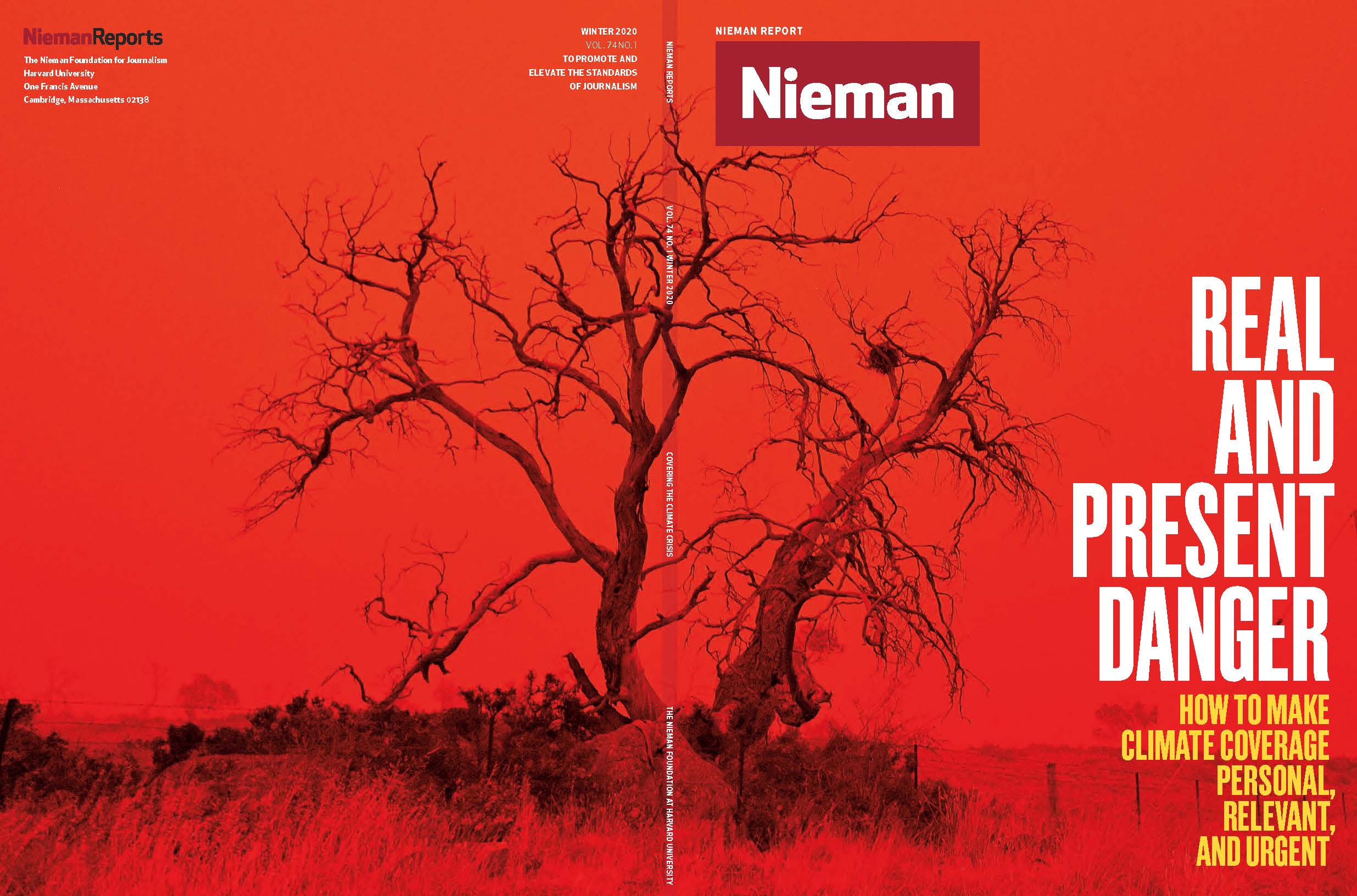When I hear teachers or soldiers or ministers talk about what they do as a calling, I get it. Though the public may not believe it, journalists carry a similar sense of duty and purpose, a similar feeling of being of service to a healthy society, a functional democracy.
I fell into journalism at age 15 because I loved reading and writing and storytelling — the way my grandfather could keep us gathered around the table long after we cleared our plates.
But I fell in love with journalism because of its ideals: truth, fairness, giving voice to the voiceless. The First Amendment! The Fourth Estate! As an introvert, I didn’t recognize myself in the bulldog reporters made heroic in movies, but I wanted to, somehow, belong in a newsroom.
In addition to a mission, journalism promised lifelong learning and the possibility of turning curiosities into competencies. I became editor in chief of my high school newspaper, then editor in chief of my college newspaper. After graduating with a bachelor’s in print journalism and literature, I got a job at USA Today, updating the website overnight. This difficult shift was a beautiful opportunity. I moved to days, I moved to new teams — breaking news, health, and religion as a producer, homepage as a manager. I observed how newsroom veterans made decisions, I scrutinized audience behaviors, I clung to the advice of informal mentors and practiced the craft. Later, I’d become a social media director, an editor on gender in the time of the Women’s March and #MeToo, and part of the investigations team. Journalism fulfilled all its promises.
And yet.
It was hard in ways I hadn’t expected. Of course, there were long hours and, yes, there were layoffs, but I was least prepared for how it would feel to handle tragic content every day. I remember searching for photos for a Hurricane Katrina story and seeing a decomposing body on a porch. After the earthquake in Haiti, it was crushed skulls. Then there was the Virginia Tech massacre — followed by more shootings than I could’ve imagined.
Early in my professional life I learned to compartmentalize. I proceeded for years relatively unscathed — proud, even, of a cynicism I thought I wore well, naively believing the walls I built would stand my whole career.
All it took was 8 pounds, 2 ounces to knock them down.
The birth of my first daughter changed my life and my work. Violence felt violent again. My fears for the world and my fears for her converged in a torrent, and try as I might to build an island of respite, a new tragedy would come to wash it away. I learned to function as a mother and a journalist, but I can’t build up the walls I had before. And I don’t want to. If anything, it makes me more like our audiences.
There are so many people like me who want to be informed but can’t shake what they hear, read, and see on the news. But unlike me, it’s not their job to follow it, so they simply don’t. Almost seven in 10 Americans say they’re worn out by the news, according to Pew Research Center. But studies suggest it’s not only the ceaseless pace and volume, but the disturbing content that’s to blame. Reuters Institute’s 2019 Digital News Report found that 41 percent of Americans sometimes or often avoid the news. In an earlier Reuters report, nearly half of respondents who said they avoid the news say they do so because it negatively affects their mood. Countless articles advise limiting news exposure for better productivity, better relationships and better mental health. Some of my own loved ones who have experienced trauma tell me their therapists have advised they turn off the news.
Traumatic events are inherently newsworthy and journalists can’t make newsmakers good, the world peaceful, or the public happy. But could we cover traumas, large and small, better? Can people remain informed citizens without feeling vicariously traumatized or experiencing compassion fatigue? I don’t know the “how” yet, but the answers must be yes. If people feel they must choose between consuming news and their own well-being, they will choose the latter.
That is why I’m studying news avoidance and mental health, specifically trauma, at Harvard. While there are many reasons for news avoidance — including some equally important and even more feverishly studied, such as political polarization — this one particularly interests me because of the potential civic impact on already marginalized or oppressed groups. Studies show women are more likely to be upset by the news and more likely to avoid it. It’s noteworthy that women and those who identify as LGBT also have higher rates of post-traumatic stress disorder than men and heterosexuals, respectively. African-Americans also have higher rates of trauma exposure, as do people from low-income backgrounds.
However, trauma affects people across all demographics. Most Americans experience at least one trauma in their lifetimes, putting them at greater risk for depression, anxiety, substance abuse, and other issues. If trauma and the fear of re-traumatization also contributes to news avoidance, that means these populations who are already vulnerable are consuming less news. Studies have shown that people who consume less news are also less likely to be civically engaged. They may vote less or if they do vote be less informed about how candidates would impact their lives. News avoidance has a direct impact on democracy.
Trauma-informed approaches have already been adopted in schools, doctors’ offices, and even yoga studios. What could trauma-informed journalism look like? We must re-examine our values and go beyond current practices to make sure our content is responsible to and resonant with those who need it most.


